When we think of travelling to Africa, we think of lions and leopards, vast savanna plains and tropical beaches.
But just south of the Equator stands Mt. Kilimanjaro, a glacier-topped peak, the highest free-standing mountain in the world.
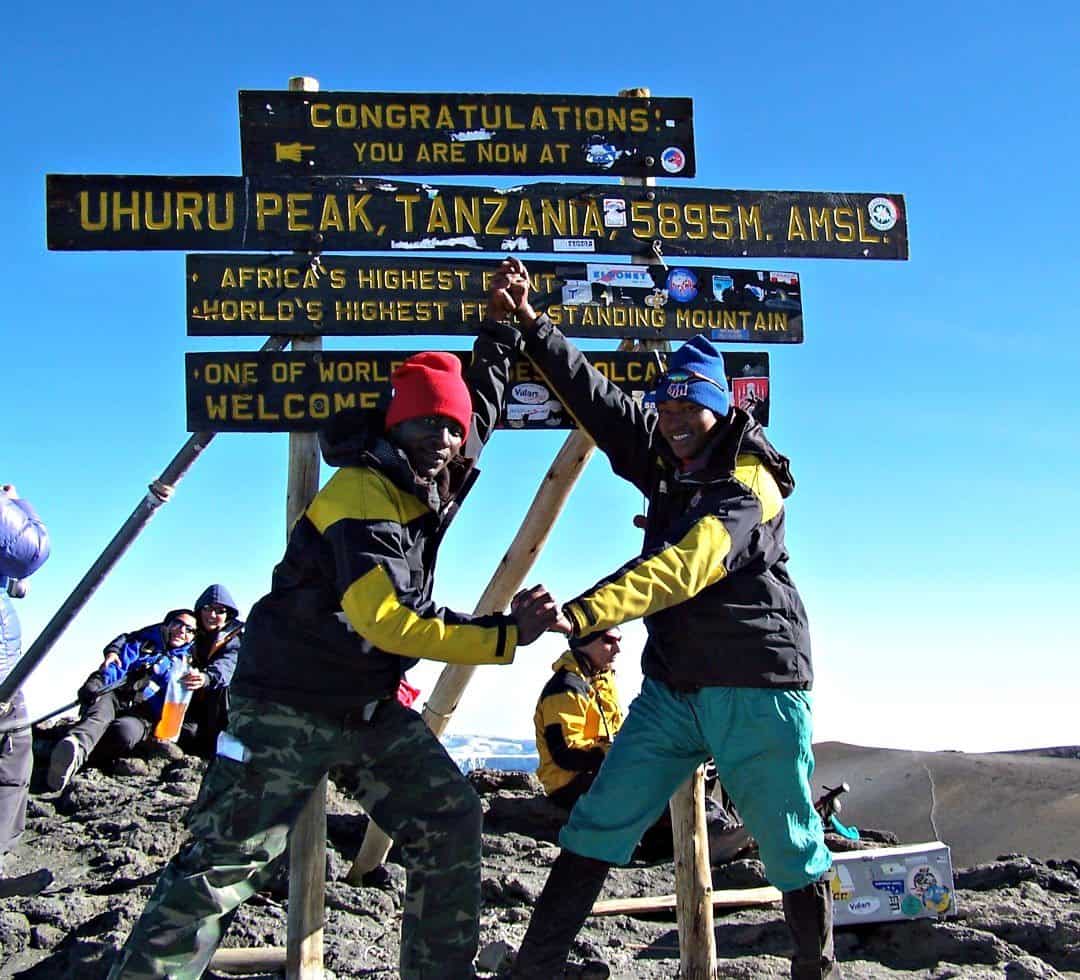
Climbing Kilimanjaro is on many adventurous traveller’s bucket-list. A combination of ‘conquering’ one of the Seven Summits, and achieving something remarkable makes it a compelling destination.
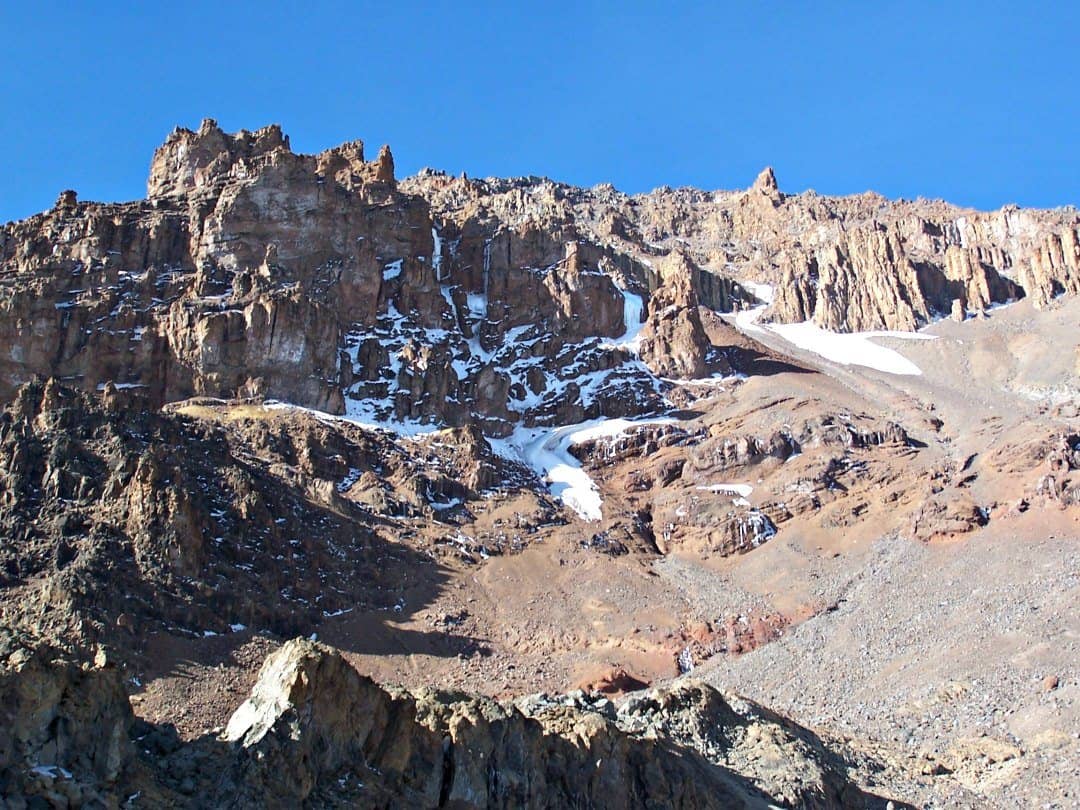
Table of Contents
A Few Facts About Climbing Mount Kilimanjaro
- It’s not technical – you don’t need any special skills. Effectively, it’s a long, hard hike at altitude. Extreme altitude, by the end – 19,341ft is a serious undertaking.
- There are six main routes up the mountain, varying from 5 to 9 days. The longer the route, for the most part, the better the chances of good acclimatisation.
- Never underestimate the altitude. Most people who fail to reach the summit or fall ill on the mountain, do so as a result of altitude sickness.
- All routes require camping, except one: the Marangu route, which is arguably the least scenic and the busiest route to climb (ie not really recommended!)
- Your kit will be carried by porters and your camp will be set up for you each day. You will have to carry a daypack – everything else is taken care of by the tour operator’s staff.
- You have to climb with a registered tour operator. Solo or self-supported climbs are not permitted by the National Parks Authority.
- You will not be showering for the duration of your climb, however bowls of hot water will be provided for you to take a “bird bath” – I recommend taking lots of baby wipes to keep sensitive areas clean!
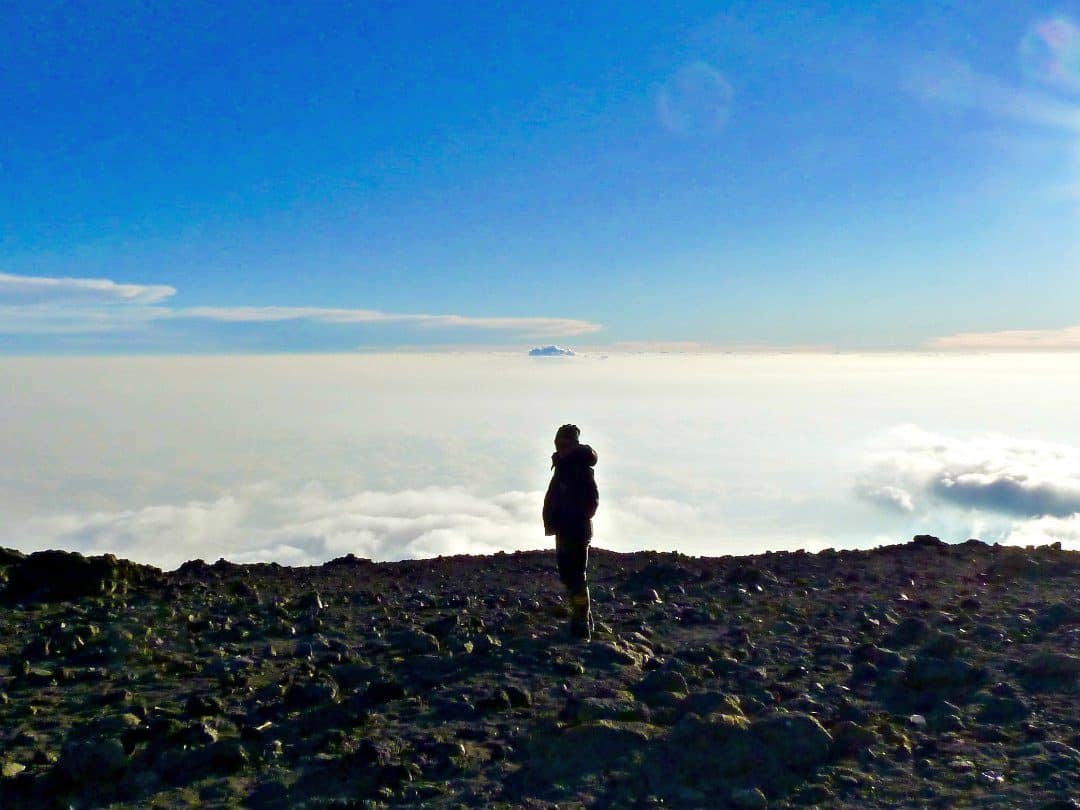
Climbing Kilimanjaro can loosely be compared to walking from the Equator to the North Pole, in terms of climate zones.
You will be hiking from the low-lying cultivated areas of the lower slopes right up to the Arctic tundra of the Ice Cap zone.
It’s fascinating to see how the vegetation changes from the lush beauty of the montane forests to the harsh, inhospitable arctic desert.
Whilst the summit may be the end “goal” – it’s the journey that’s spectacular.
The days can be tough. Very tough. The trail is uneven and steep in some parts and as you climb higher, the altitude makes breathing difficult.
The pace is slow, you will hear your guides saying “pole pole” (pronounced “poleh, poleh”) which means “slow, slow” in Kiswahili. Maintaining a slow pace conserves energy and helps acclimatisation.
It will also be cold. On the first couple of days, through the forest and on the lower slopes you would be forgiven for thinking that this was going to be a long, hot hike.
Until the temperature drops in the evening and you wake up to find frost on the outside of your tent.
As you get ever closer to the summit even the days can be freezing cold, with an icy mountain wind taking your breath away.
The vistas are spectacular as you climb higher – out over the plains of Africa.
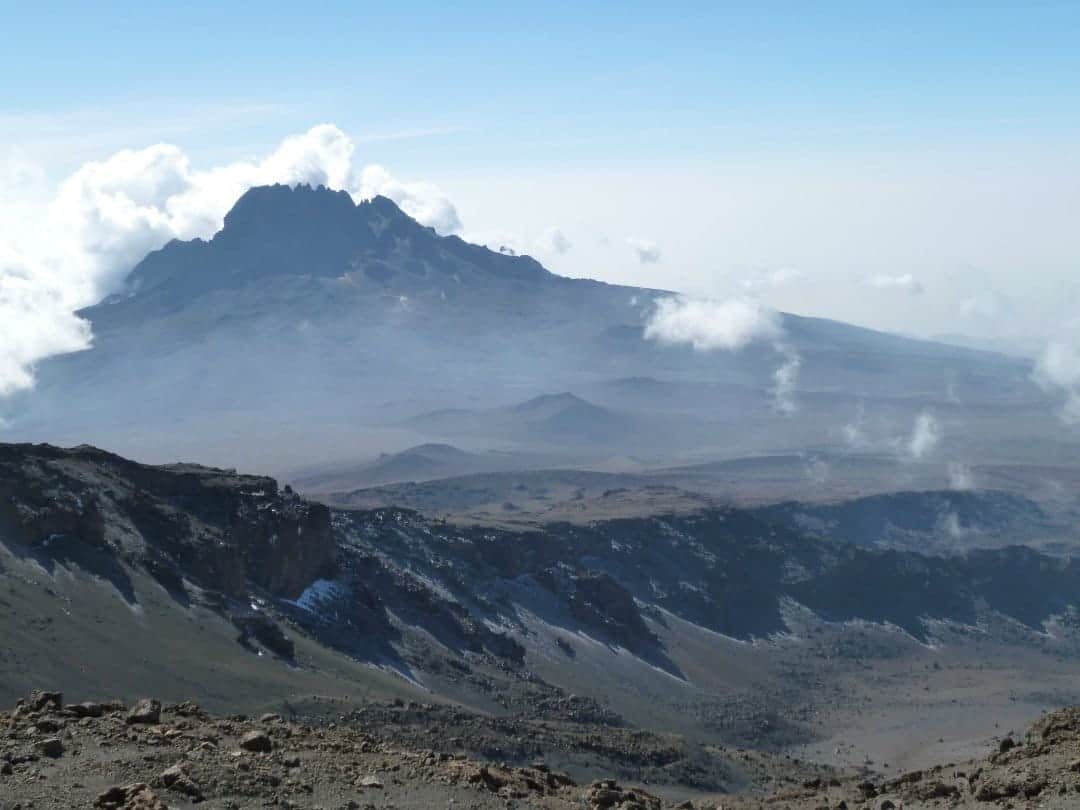
Thinking About Climbing Kilimanjaro? Here’s What To Consider
Your General Health
You’ll need to check with your doctor or healthcare professional, particularly if you have any pre-existing conditions or injuries that may make it unwise to travel to extreme altitude.
Most reputable tour operators will require a medical release form from your doctor.
Fitness
You will need to be fit and strong. Not just physically, but mentally as well. The days can be long and sleep can be difficult at the higher elevations.
You don’t need to be “ironman” fit, but you do need a good level of fitness and strength to make the hike enjoyable.
After all, you don’t want to arrive at your tent each evening exhausted and wake up sore the next morning.
The fitter you are, the more you’ll enjoy the climb. However, fitness is not everything: there’s still the altitude to contend with, and no amount of fitness can prepare your body for that.
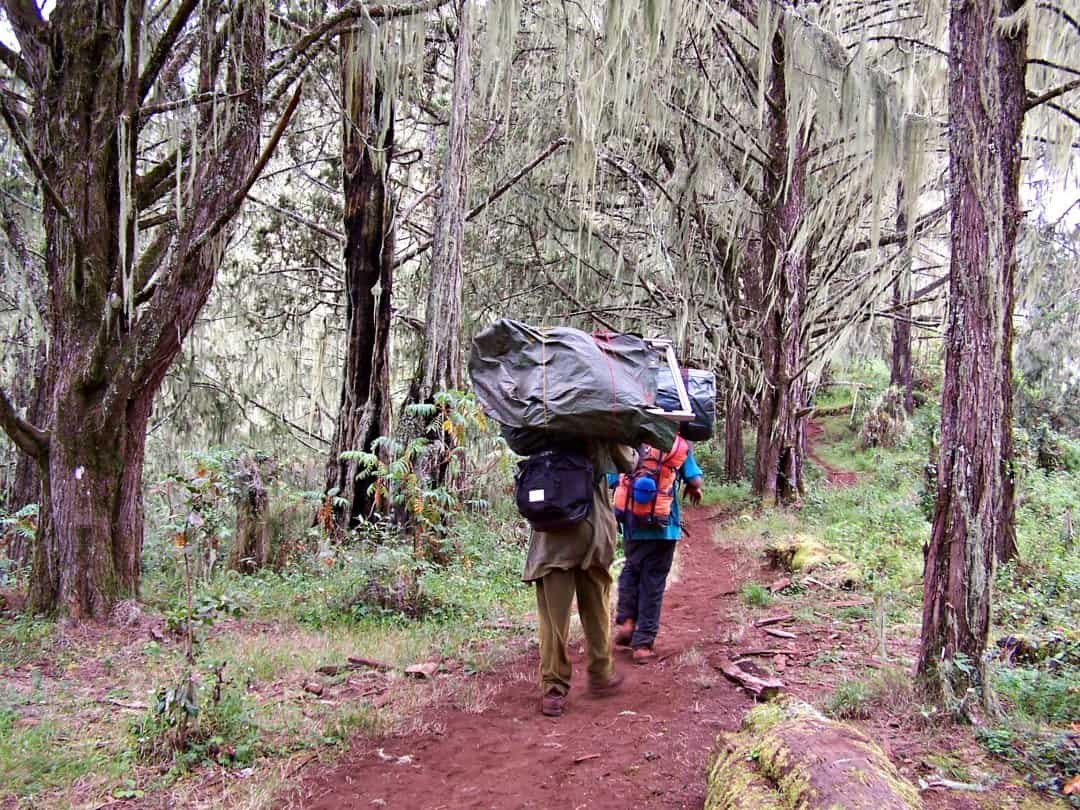
Choosing a Tour Operator
This is a huge consideration. Climbing Kilimanjaro is not cheap, and saving a few bucks to go with the cheapest operator is not the best plan. Nor is simply opting for the most expensive one – some foreign agents simply outsource the climb to a local operator and wash their hands of you once they’ve taken your money.
Do your research before you book! You don’t want to take unnecessary risks with your life.
Apart from “what it costs” you’ll want to find out their procedures for emergency evacuation, how well-trained the guides are, and what health-checks the guides do for their clients.
Altitude sickness is a real danger on Kilimanjaro, and you want to know you are in good hands.
If you are booking with an overseas agent, find out whether they run their own climbs or outsource them to a local Tanzanian operator and then do some research – you could often get the same climb cheaper by going direct.
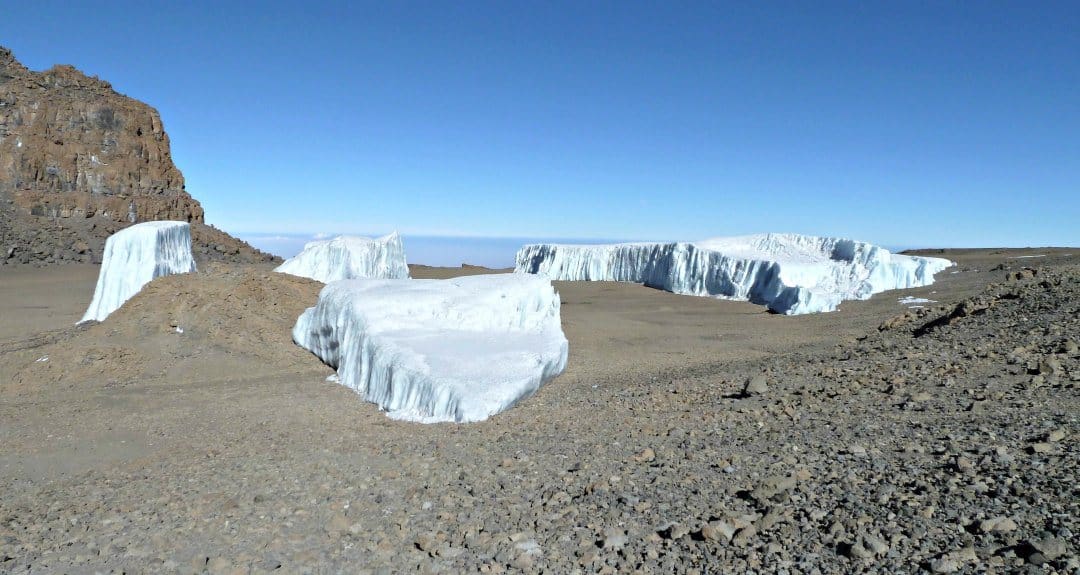
Normally, you would expect to book your climb before you arrive in Tanzania. It is still possible to arrive in Arusha or Moshi and book a trip from a local agent.
This is not always advisable, as the reputable guiding firms tend to be booked in advance.
The cost of a Kilimanjaro climb varies tremendously. What doesn’t vary is the price that the National Park charges per day, per climber.
Expect to pay anywhere between $4-6k for a long route with a top-class operator.
Although it’s possible to pay $1500 to a local company, but you’ll need to be prepared for some compromises:
- Quality of the equipment used – trust me, you don’t want a leaky tent!
- Guide-to-climber ratio
- Ethical treatment (wages) for the porters)
- Guide knowledge and safety training
Climbing Kilimanjaro is a big undertaking, and overall is not cheap.
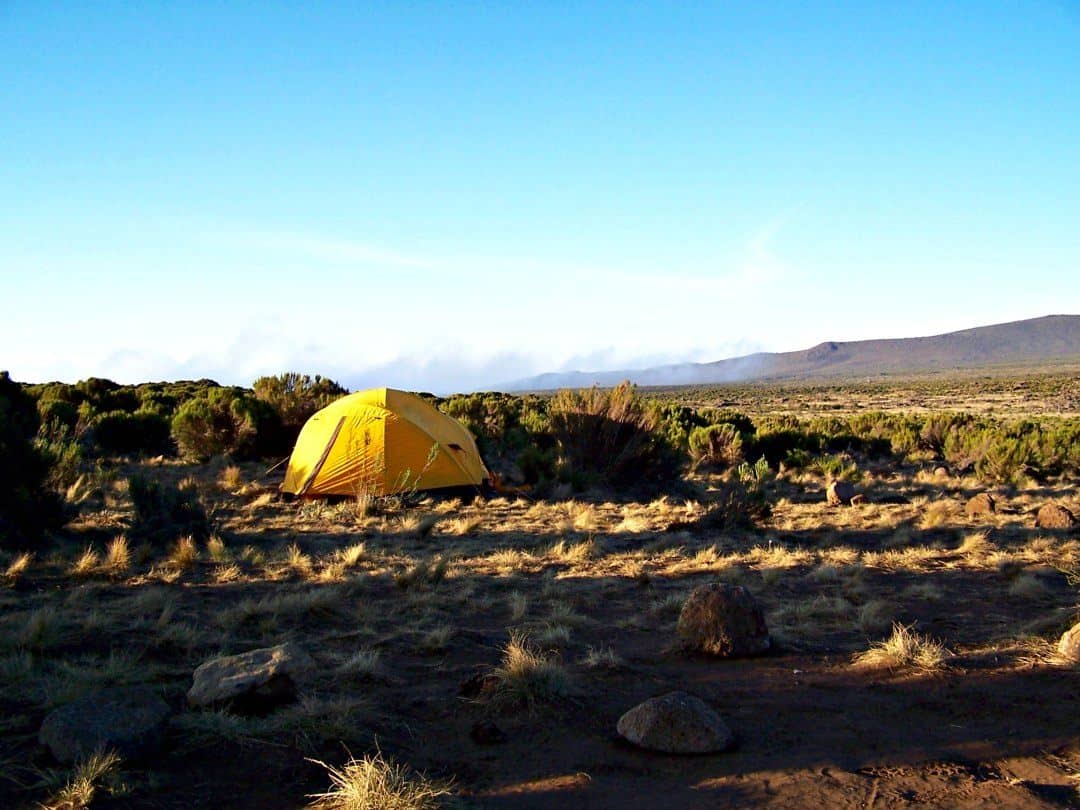
Choosing a Route
You’ll want to consider how busy the route is, how scenic and how long. The longer routes are much better for acclimatisation, but are obviously more expensive.
The routes with the best scenery and a good acclimatisation protocol are the “Lemosho” route and the “Northern Circuits”.
On the shorter routes, opting for an extra acclimatisation day can be a good compromise.
Gear
All the camping gear should be provided by the tour operator. You’ll need your clothes, your personal effects and most importantly, a sturdy pair of hiking boots.
Most of your gear will be carried in your duffel bag by a porter. You are restricted to 15kg, as the porter has to carry both your gear as well as his own. You will be carrying a daypack containing what you need for the day’s hike and your water.
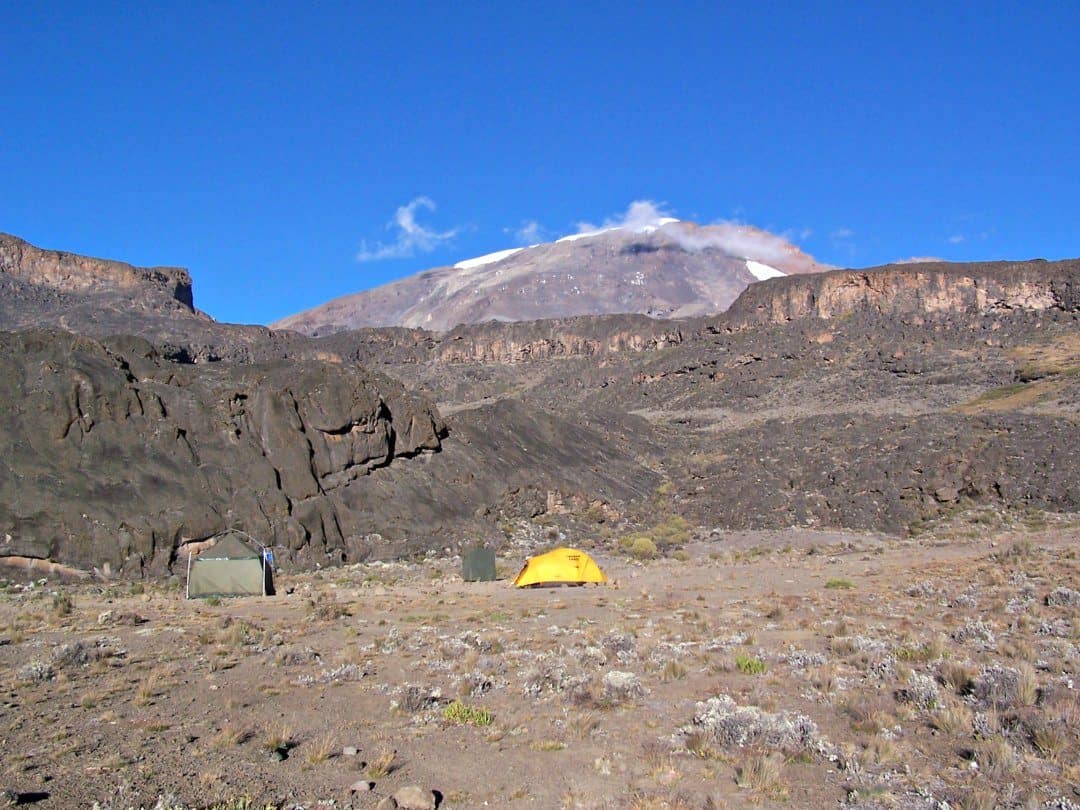
It’s wise to start preparing your gear well in advance. Practice packing and unpacking your duffel bag so that in the dark early mornings you are not scrambling around wondering where that thermal base-layer has gone!
A good operator will give you a comprehensive gear list. If you are a regular hiker, then you may only need to buy a few additional items.
Remember to pack your sense of adventure!
A Typical Day On The Mountain
(Of course this varies…)
Your day normally starts early, woken by a cheerful porter bringing you a bowl of warm water to wash with, and clean your teeth.
Getting out of the warm embrace of your sleeping bag can be difficult on a chilly mountain morning.
Then it’s time to get dressed for the day’s hiking and pack your duffel bag which you’ll only see again when you arrive at camp that evening.
After spending ten minutes trying to figure out why you can’t fit everything into your bag when it fitted perfectly yesterday, you’ll want to head to breakfast.
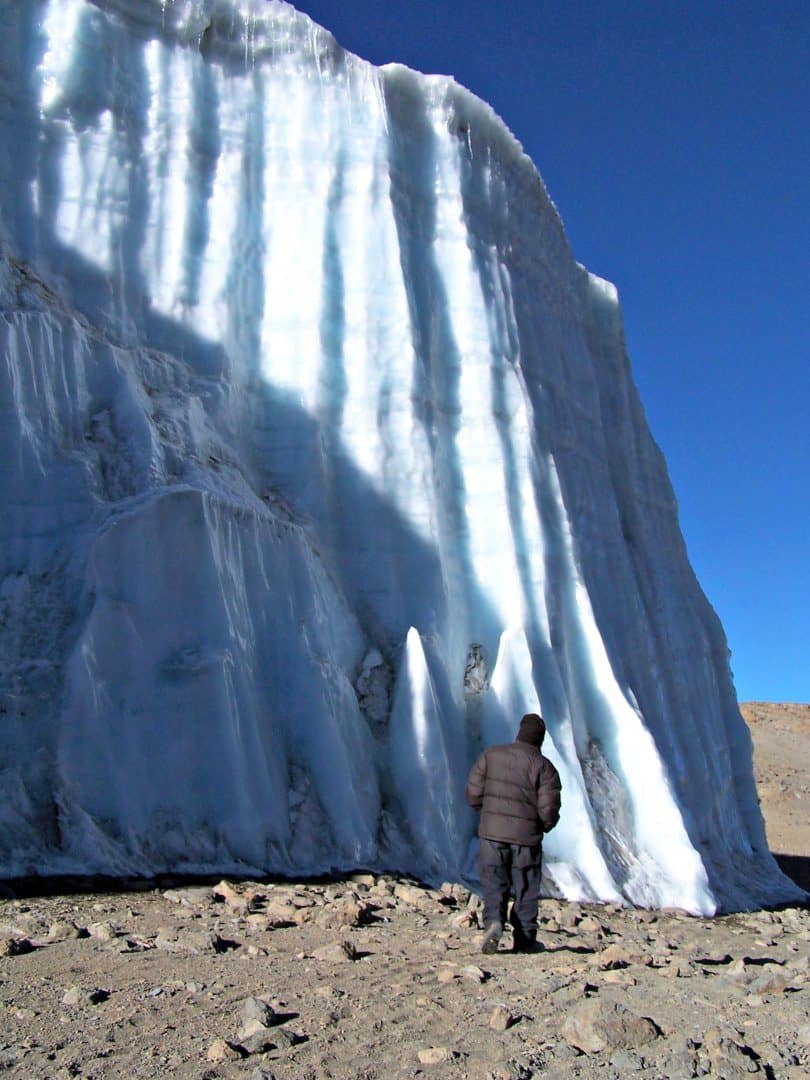
Ah, breakfast. A spread of fruit, oatmeal, bacon, eggs, toast: more food than you’d normally eat. You’ll need it. This is no time to be counting calories.
Normally after breakfast your guide would give you health check: checking your blood oxygen saturation, asking questions about how you are feeling (it’s important to be honest) and using a stethoscope to check for lung sounds. (Note: not all operators do daily health checks, so it’s a question to ask).
And then it’s time to hit the trail. Every day is different. The pace is slow. If you need to stop for a rest, you can. There is no hurry on Kilimanjaro.
The weather can change dramatically at the higher elevations, so one moment you may be adding a rain coat and the next you may be peeling off layers when the sun comes out.
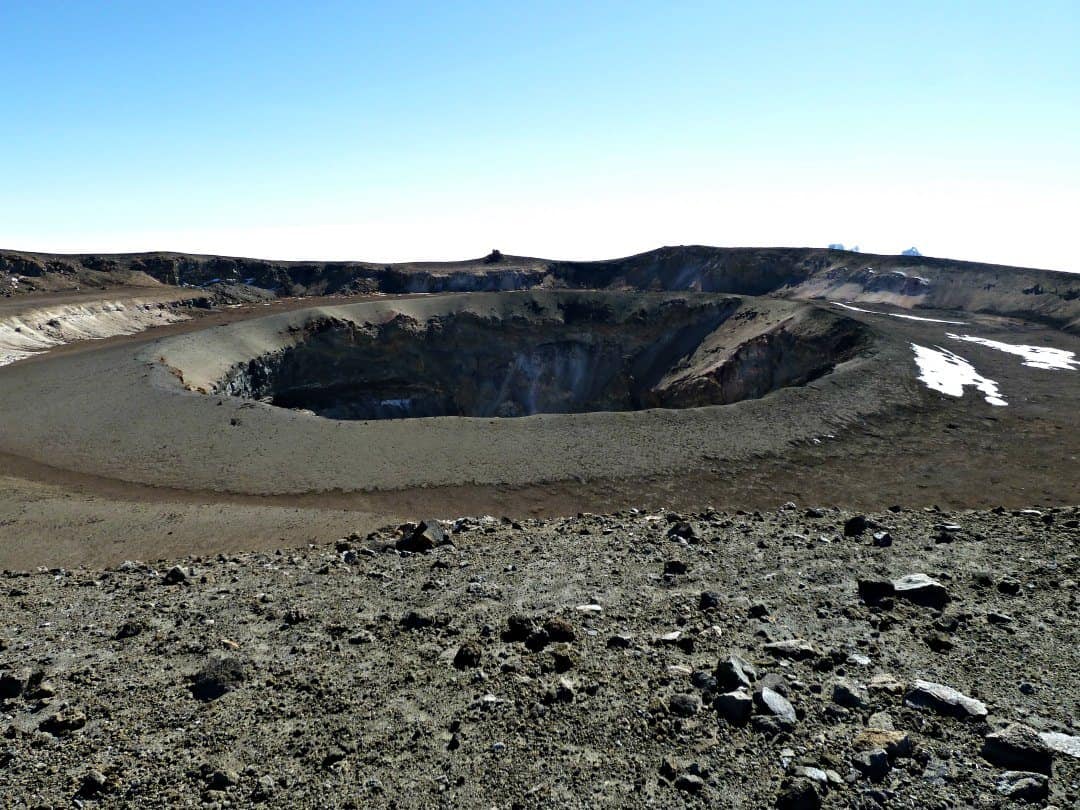
Lunch may be a full cooked lunch on a scenic part of the trail, or a picnic, depending on the day.
Arriving at your campsite in the afternoon, your tent will be ready and you’ll unpack what you need for the night and change out of the day’s clothing. There will be tea and coffee and snacks available before dinner.
Dinner is another monumental feast. Your guide will normally give a briefing of what to expect for the next day before you retire to bed, after lots of conversation over dinner with your fellow hikers.
Early nights are the norm, after a tough day on the trail, you’ll want to conserve your energy and recover.
Why Kilimanjaro?
Everyone has their own reason for wanting to climb to the Roof of Africa. For many, it’s a physical challenge, for others it’s deeply personal. For some it’s all about the summit, for others it’s about the scenery.
Whatever it is that draws you to this place of tropical forest, rock and ice; the experience is unforgettable.
Getting to know your guides and porters, and hearing about their lives and their families: so intricately woven with this mountain.
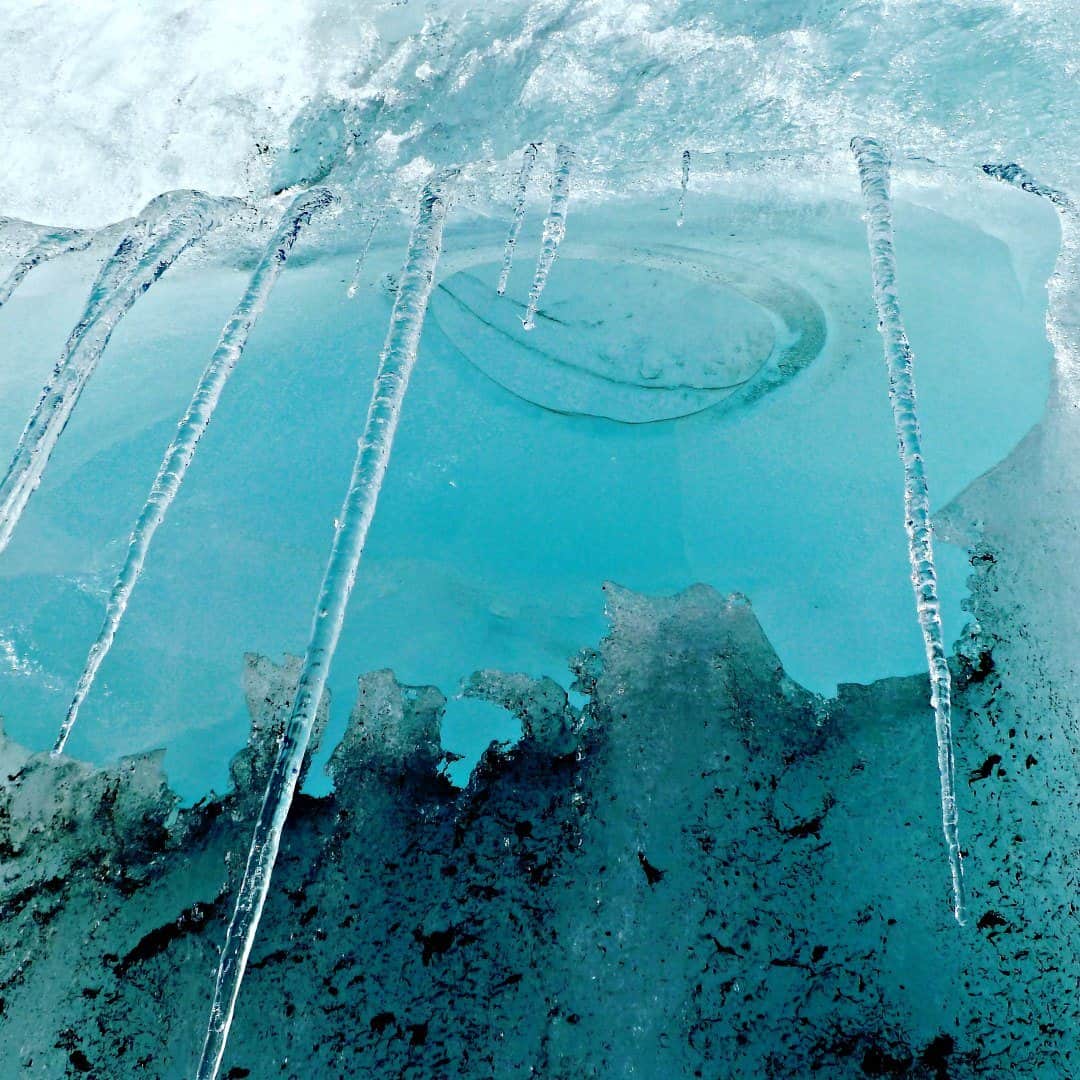
Getting back to basics. It’s just you, your team and the mountain. All the worries and stresses of home are replaced by the simplicity of the climb. The focus on one thing: moving forward, one foot in front of the other.
If you’ve been thinking about it – go for it!
Some Practicals
- The nearest airport is Kilimanjaro International Airport. There are direct flights from Europe via KLM, or the Middle East with Qatar Airways. Numerous flights go from Dar-es-Salaam in Tanzania or Nairobi, Kenya.
- You will require a visa to enter Tanzania. It’s best to arrange this in advance with your local embassy, but in some cases it can be arranged at the airport, on arrival.
- Vaccinations: at the time of writing, Tanzania requires a Yellow Fever certificate if you are traveling through a country that is at risk of the disease. Check with your doctor for any other recommended vaccinations well in advance.
- Malaria. Whilst malaria is not an issue once you get over 10,000ft, your time in the towns at the bottom of the mountain can put you at risk. You will need a good bug spray and anti-malarial medication. Check with your doctor well in advance.
- Water: tap water in Tanzania is not safe to drink. On the mountain, your operator should be providing you with boiled, filtered water for the duration of your climb, and in town be sure to only drink tap water.
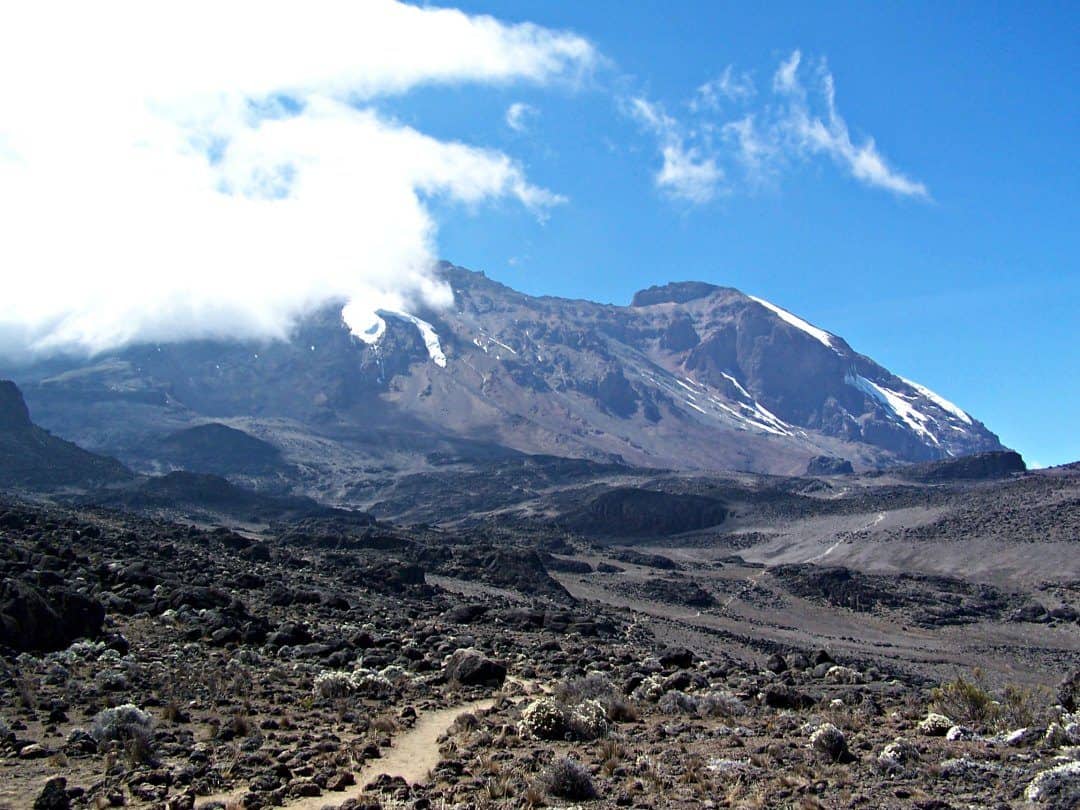
Pin It For Later
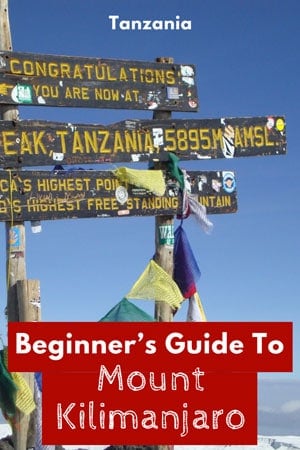

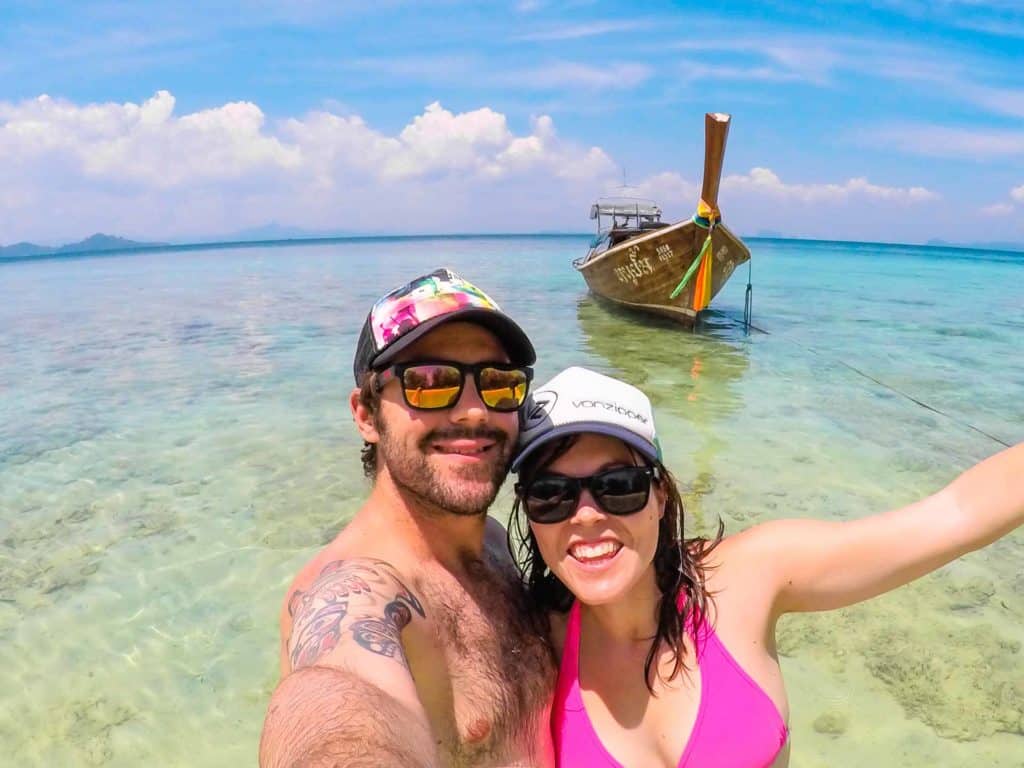
5 thoughts on “Climbing Mount Kilimanjaro – Trekking Guide for Beginners”
Hi Clare G, I salute and congratulate you for real useful travel tip for Kilimanjaro climbing beginners.
Your article about Kilimanjaro trekking adventure is useful to beginner climbers as well as experienced mountaineers.
Hey!
Great details and nice pictures. I took the Lemosho 7 day route too. There are actually 7 official routes.
I wrote a detailed itinerary with GPS and distance in my post on Lemosho:
Some great advice here for choosing a company to do your climb with. I’ve just returned from Kilimanjaro with Two-Peaks Adventures who I couldn’t recommend more highly. I’ve written a detailed review on my blog for anybody who is interested!
Hi there Clara,
Here we meet again, you must be Kilimanjaro junky!
I really like your tips and especially the ” Practice packing and unpacking your duffel bag”. Also the typical day description makes your article infinitely realistic.
Oh by the way, did you mean “bottled water” instead of “tap water” in your last paragraph: “and in town be sure to only drink tap water”.
Write to you soon 🙂
Cheers,
Lara
Mt. Kilimanjaro is indeed a breathtaking experience for anyone visiting East Africa it is not extremely hard to summit and offer great views. While at it one can wander around Arusha and Moshi which are also great towns. Next time try Mt. Meru in Arusha. It is equally amazing and at its peak, you can see the Peak of Kili. Thank you for the tips.